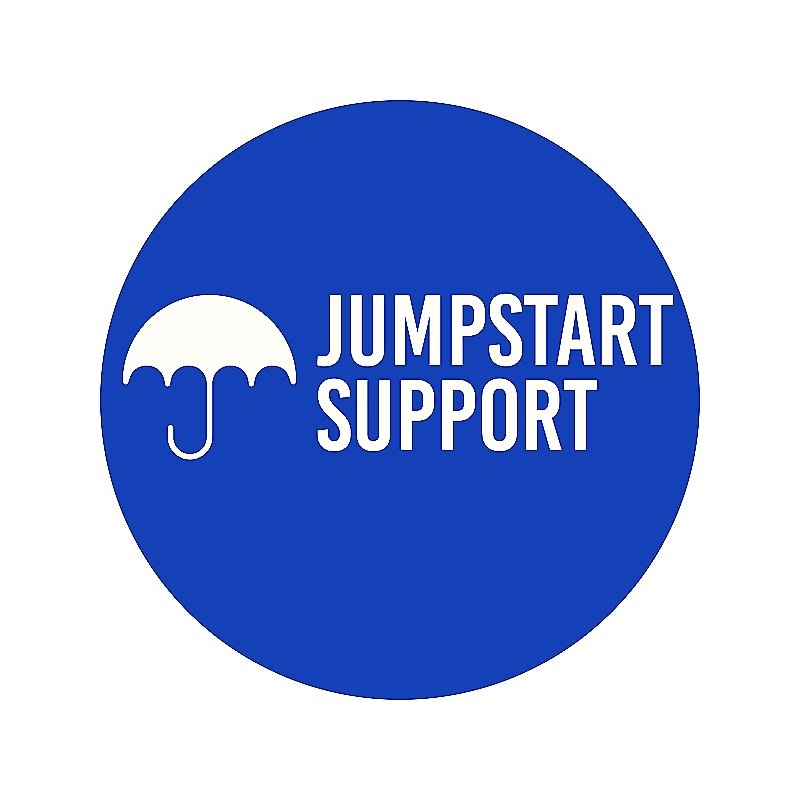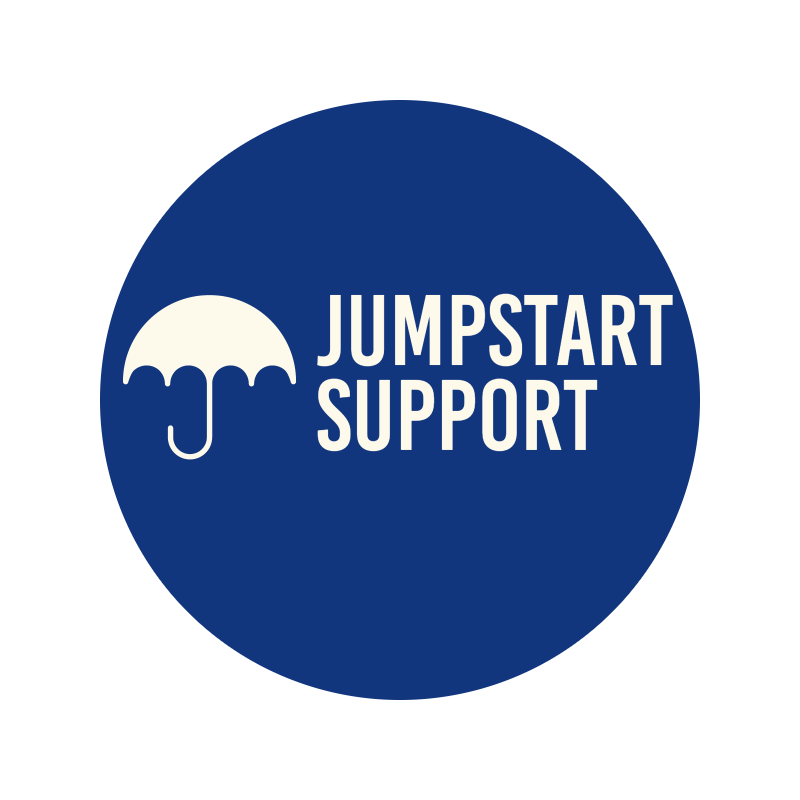Empowering Neurodiverse Candidates in the Recruitment Process
In an increasingly diverse workforce, it's vital for companies to recognize the strengths that come from differing perspectives, especially those stemming from neurodiversity. The term 'neurodiversity' encompasses a range of neurologies, such as autism, ADHD, and dyslexia, among others, and advocates for these variations to be seen as part of the natural spectrum of human diversity.
This article is directed at leaders, recruiters, and HR managers who are committed to creating inclusive workplaces and outlines how to empower neurodiverse candidates during the hiring process. By implementing the strategies and insights provided, companies not only increase their talent pool but also foster a culture of innovation and inclusion.
The Power of Inclusive Hiring
When we talk about inclusive hiring, we're referring to a recruitment and selection process that values and welcomes difference. This may seem like a no-brainer in the 21st century, yet the reality for many neurodiverse individuals is that they face significant barriers to entering the workforce.
Studies show that organisations with a diverse workforce are more creative, productive, and profitable. Hiring neurodiverse talent not only benefits the individual but also contributes to a company’s bottom line through unique problem-solving skills, pattern recognition, and a fresh perspective on tasks and projects.
Understanding the Candidate Experience
Neurodiverse individuals may face challenges during the recruitment process that are not experienced by their neurotypical counterparts. Issues such as standard interview processes, which can be particularly daunting for those with anxiety, or ambiguous job descriptions, which may not play to the strengths of some neurodiverse individuals, can mean a talented, capable individual is overlooked.
Adapting the Hiring Process
To ensure that neurodiverse candidates can demonstrate their abilities and potential, the recruitment process itself must be re-evaluated.
Crafting Inclusive Job Descriptions
Job postings often prioritise soft skills and experience that may inadvertently exclude neurodiverse candidates who possess valuable traits but may not be able to express them in conventional ways. To make job descriptions more inclusive, focus on the essential tasks and required skills. Avoid jargon, acronyms, and idiomatic expressions, and be clear about the kind of environment and support the company offers to all employees, including those who are neurodiverse.
Rethinking the Interview
Traditional interviews, with their emphasis on social interaction and unscripted conversation, can disadvantage neurodiverse candidates. Consider alternative interview formats such as skill demonstrations, assessments, or allowing the candidate to choose how they would like to be assessed. This could be in the form of a project, work trial, or an applied work exercise that highlights their strengths more clearly.
Providing Support
Be clear about the interview process, what to expect, and if possible, offer mock interviews. Many neurodiverse individuals thrive with structure and predictability. Providing clear guidance can help alleviate anxiety and ensure they are able to demonstrate their full potential.
Real-World Successes
Several companies have already begun to lead the way in neurodiverse hiring, demonstrating the benefits that come with giving neurodiverse candidates a fair chance.
The Case for Change
Software and tech companies have been at the forefront of this movement, recognizing that neurodiverse individuals often excel in roles that require attention to detail, logical thinking, and pattern recognition—factors that are essential in coding and software development.
Positive Results
When companies like SAP and Microsoft initiated programs to actively recruit neurodiverse talent, they saw increased innovation and employee satisfaction. Efforts such as providing mentors and creating peer support networks for neurodiverse employees have further enriched the company culture and fostered a more supportive working environment for all.
Navigating the Change
Change doesn't happen overnight, but small, concerted efforts can lead to significant progress over time. Here's how your organisation can start making a difference.
Education and Training
Ensure all levels of your organisation are trained in neurodiversity and recognize the value it brings. Training can take many forms, from seminars and workshops to e-learning modules, and should aim to build understanding and awareness of neurodiversity and its implications in the workplace.
Policy Evaluation and Evolution
Review your organisation's policies and practices to ensure they are inclusive. This includes elements such as flexible work hours, remote working, and the provision of quiet spaces. By making these adjustments, you will not only support your neurodiverse hires but also benefit your entire workforce.
Collaboration Is Key
Work together with disability organisations, advocacy groups, and your internal diversity and inclusion teams to develop strategies for recruiting and supporting neurodiverse employees. Collaboration can also extend to your existing employees, who can provide valuable insights and support for new hires.
Accessing Resources for Change
Thankfully, there are a wealth of resources and organisations dedicated to promoting neurodiversity in the workplace.
Support from the Community
Reach out to organisations like the National Autism Society or the ADHD Foundation for advice and guidance. These communities often have materials and programs in place that can support your company's efforts to become more neurodiverse-friendly.
Internal Support Mechanisms
Consider establishing employee resource groups specifically for neurodiverse individuals. These groups can provide a support network, but they can also act as advisors for the company, ensuring they are continuously improving their practices and environment.
Advocacy and Outreach
Participate in events and awareness campaigns that promote neurodiversity. Use these as opportunities to showcase your company's commitment and to attract neurodiverse talent.
The Path Forward
Inclusion is not just a buzzword—it's an active, ongoing commitment towards creating a more equitable and productive work environment.
Driving Change
Every person in an organisation, from the CEO to the intern, has a role to play in driving this change. By advocating for and supporting neurodiversity, you contribute to a shift in workplace culture that values everyone's unique contributions.
Measuring Impact
Set benchmarks and measure the success of your neurodiversity initiatives. This data will not only show the progress you are making but also identify areas where improvement is still needed.
The Ultimate Reward
By empowering neurodiverse candidates throughout the recruitment process, you're not just adding to your workforce; you're enriching it. The true reward is a workplace that is more innovative, more engaged, and more reflective of the world in which we live.
In conclusion, the inclusion of neurodiverse individuals in the workforce isn't just about meeting quotas or ticking boxes. It's about recognizing and harnessing the unique strengths that every person brings to the table. By making our recruitment processes more inclusive, we ensure that we don’t miss out on the amazing talents and perspectives that neurodiverse candidates bring. We build a more vibrant, resilient, and truly innovative workplace.

